R3 Stem Cell Offers Financing Options
For North American Residents, Wherever They Obtain Procedures!

The US Leader in Stem Cell Therapy, Now in Mexico. Treatments start at $3750 for 25 million stem cells!
Special Promo: Get an additional 25 BILLION Exosomes IV with treatments over 50 million cells!
The US Leader in Stem Cell Therapy, Now in Mexico. Affordable treatments start at $3750 for 25 million stem cells!
Special Promo: Get an additional 25 BILLION Exosomes IV with treatments over 50 million cells!”
Stem cell therapy for peripheral and diabetic neuropathy restores nerve function by regenerating damaged nerve cells and improving blood flow. Mesenchymal stem cells (MSCs) reduce inflammation, repair myelin sheaths, and enhance nerve conduction. Patients typically experience symptom relief and improved sensation within 3–6 months after treatment.
Peripheral neuropathy affects millions of people worldwide. The peripheral nerves carry signals between the brain and the rest of the body. When these nerves become damaged, patients may experience pain, numbness, and tingling in the hands and feet. Approximately 50% of people with diabetes develop diabetic peripheral neuropathy, making it one of the most common complications of diabetes.
Symptoms such as pain, numbness, and tingling often worsen at night. Many patients struggle with simple tasks like buttoning a shirt or walking without stumbling. Traditional medications help manage symptoms but do not repair the damaged nerve cells.
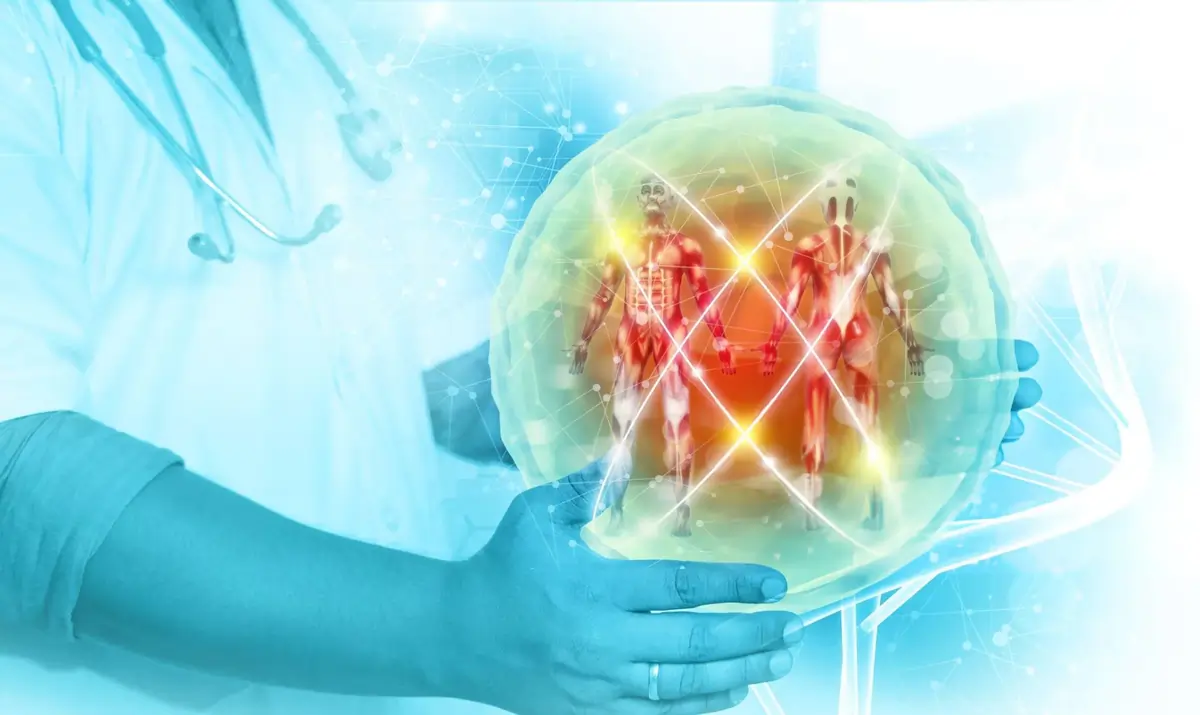
Stem cell therapy offers a regenerative approach that targets the root cause of nerve damage. Unlike medications that mask symptoms, stem cells work to regenerate damaged nerve tissue and improve nerve function.
When mesenchymal stem cells (MSCs) are administered, these cells travel to damaged nerves and release growth factors and proteins that promote nerve regeneration and reduce inflammation. The mechanism involves complex repair processes rather than simply replacing damaged cells.
Chinese Clinical Trial (2016)
A double-blind, randomized controlled trial published in 2016 (not 2023 as some sources suggest) involved 112 patients divided into a control group (n=56) and an observation group (n=56) receiving bone marrow mesenchymal stem cells. The results showed:
Egyptian Study (2023)
Ten Egyptian patients with diabetic peripheral neuropathy (ages 33-45) received autologous bone marrow stem cells at a dose of 1 million MSCs/kg via IV infusion.
Follow-up at 3 months revealed:
Animal Studies Meta-Analysis (2024)
A systematic review and meta-analysis published in Neuroscience (2024) analyzed 29 animal studies and found consistent improvements in:
Mesenchymal stem cells exert therapeutic effects through multiple mechanisms:
Paracrine Effects: MSCs secrete bioactive factors including:
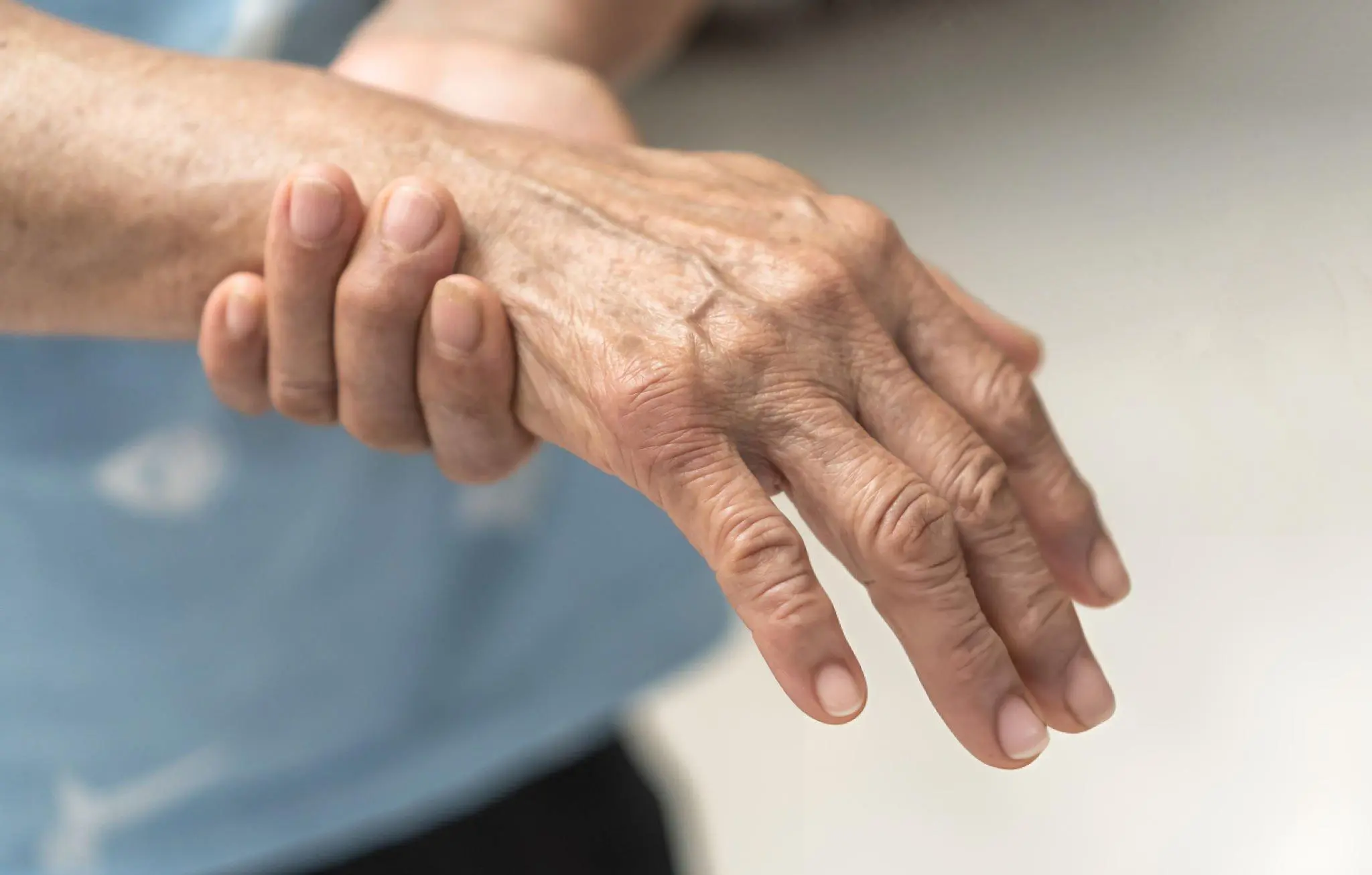
Angiogenesis: Stem cells promote formation of new blood vessels, improving blood supply to damaged nerves.
Differentiation: While controversial, some evidence suggests stem cells can differentiate into neuronal cells and Schwann-like cells.
MSCs are multipotent cells that can be sourced from bone marrow, adipose tissue, umbilical cord, placenta, and dental pulp. They are identified by markers including CD73, CD90, CD44, and CD105. MSCs are particularly effective because they:
A 2017 study by Omi and colleagues demonstrated that DPSCs improved sciatic nerve function and increased myelin thickness in diabetic neuropathy models. DPSCs show high expression of neurotrophic and angiogenic factors such as NGF, NT-3, VEGF, and bFGF. They are easily obtained from extracted teeth without invasive procedures.
BM-MNCs are a heterogeneous group including endothelial progenitor cells, mesenchymal stromal cells, and hematopoietic stem cells. Studies show they improve neovascularization by increasing angiogenic factors like VEGF, FGF-2, and angiopoietin-1.
iPSCs can be derived from adult somatic cells and differentiated into neural crest-like cells. Research shows neural crest-like cells derived from iPSCs improve impaired nerve and vascular functions in diabetic neuropathy models. However, safety concerns regarding tumor formation remain.
Before treatment, patients undergo comprehensive testing:
Immunomodulation: Stem cells reduce chronic inflammation by modulating immune responses and promoting pro-regenerative environments.
The treatment process typically involves:
Dosage: Studies typically use 1-2 million cells per kilogram of body weight.
Based on clinical trials, patients may experience:
Nerve regeneration is a gradual process requiring time for tissue repair.
Clinical trials have demonstrated the following outcomes for diabetic foot ulcers and neuropathy:
| Study | Cell Type | Patients | Outcome |
|---|---|---|---|
| Huang et al. | PBMNCs | 14 | 77.8% completely healed limb ulcers vs. 38.9% in control |
| Lu et al. | BM-MNCs | 41 | 100% ulcer healing rate in treatment group |
| Han et al. | Human processed lipoaspirate cells | 26 | 100% complete healing in treatment group |
Stem cell treatment helps by protecting healthy nerves, promoting repair of damaged fibers, and reducing toxic inflammation.
Evidence suggests potential benefits for alcoholic neuropathy, HIV-related neuropathy, autoimmune neuropathies, and hereditary conditions, though more research is needed.
Stem cell therapy for neuropathy has demonstrated a favorable safety profile when performed correctly.
MSCs do not express major histocompatibility complex (MHC) class II antigens and contain low levels of MHC class I molecules. They lack co-stimulatory molecules essential for immune detection (CD40, CD80, CD86), making them “immunologically privileged” and unlikely to be rejected.
Medications (gabapentin, duloxetine, pregabalin):
Effectiveness: Only 25-30% of patients receive adequate pain relief with first-line medications.
Advantages
Limitations
The cost of stem cell therapy varies widely but is not standardized. Some sources mention ranges of $10,000-$30,000, but these figures come primarily from marketing materials rather than peer-reviewed publications. Insurance typically does not cover experimental stem cell treatments.
Patients should consider long-term value including ongoing medication costs, lost work productivity, and quality of life improvements.
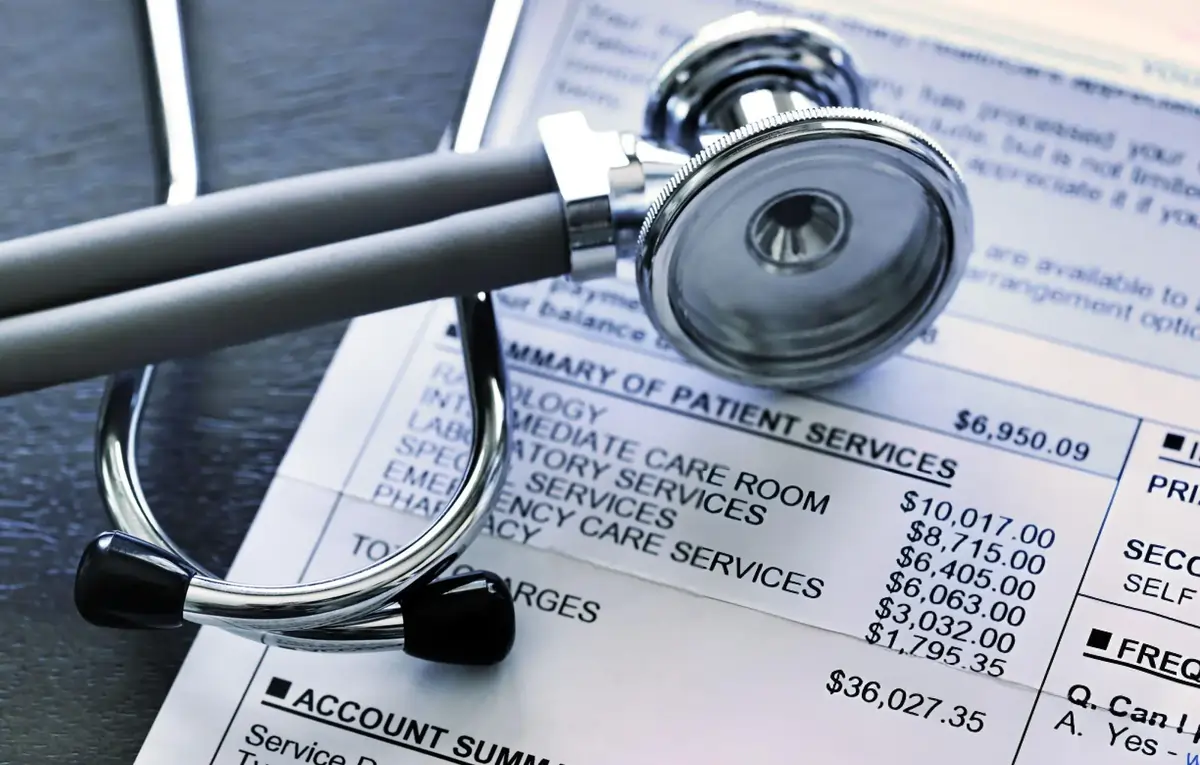
Patients may be candidates for stem cell therapy if they have
Best results occur in patients who

Foods high in the following support nerve health:
Avoid:
Regular exercise improves blood flow to nerves. Even 30 minutes of walking daily can enhance treatment results.
Scientists are exploring several promising areas:
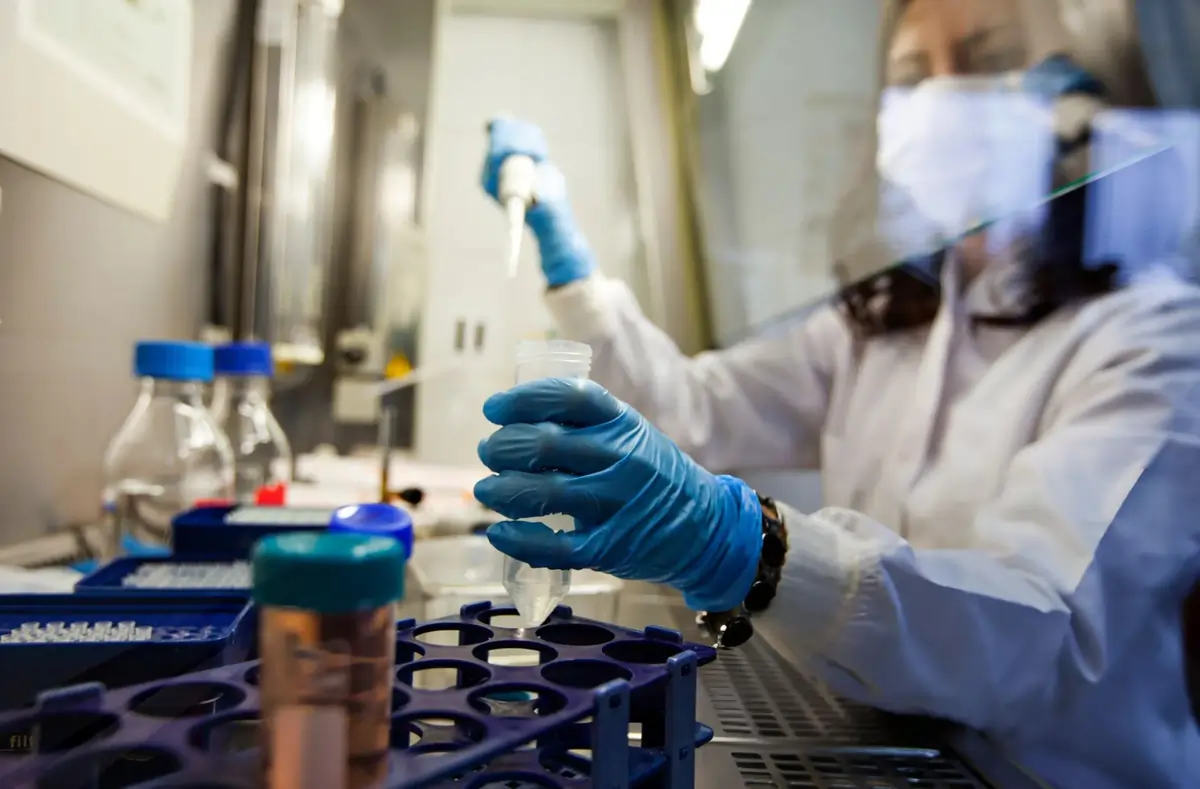
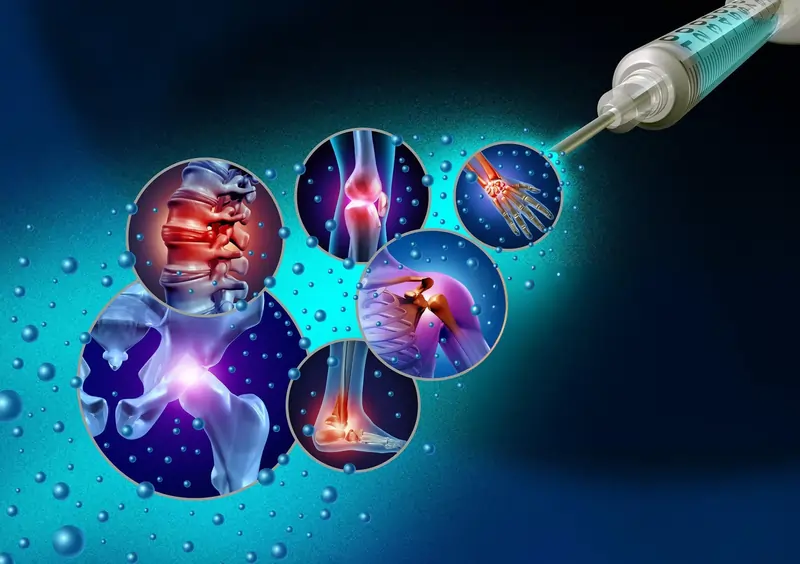
In the United States, stem cell therapy for peripheral neuropathy is considered experimental by the FDA. The FDA has approved only specific stem cell therapies for blood disorders and certain cancers using hematopoietic stem cells. All other applications remain investigational.
Many stem cell clinics operate outside the United States where regulations may differ. Patients should exercise caution and verify clinic credentials, physician qualifications, and published outcomes data.
If considering stem cell therapy for neuropathy, take these steps:
Stem cell therapy represents a promising regenerative treatment option for peripheral and diabetic neuropathy. Unlike conventional treatments that only manage symptoms, stem cells work to regenerate damaged nerves and restore function through multiple mechanisms including paracrine signaling, immunomodulation, and angiogenesis.
The evidence base includes:
However, important caveats exist:
Early intervention produces the best outcomes. Patients with neuropathy not responding to traditional treatments should consult with healthcare professionals experienced in regenerative medicine to determine if they are appropriate candidates. Further research is needed to establish standardized protocols, but current evidence supports stem cell therapy as a valuable investigational treatment option for diabetic neuropathy and other forms of peripheral neuropathy.
Note: This information is for educational purposes only. Always consult qualified healthcare professionals before starting any new treatment for neuropathy. Verify that any clinic is operating under appropriate regulatory oversight and following established safety protocols.
References
Hicks, C. W., & Selvin, E. (2019). Epidemiology of Peripheral Neuropathy and Lower Extremity Disease in Diabetes. Current Diabetes Reports, 19(10), 86. https://doi.org/10.1007/s11892-019-1212-8
Pop-Busui R., Ang L., Boulton AJM, et al. Diagnosis and Treatment of Painful Diabetic Peripheral Neuropathy. Arlington (VA): American Diabetes Association; 2022 Feb. Available from: https://www.ncbi.nlm.nih.gov/books/NBK580224/ doi: 10.2337/db2022-01
Yang, Y., Zhao, B., Wang, Y. et al. Diabetic neuropathy: cutting-edge research and future directions. Sig Transduct Target Ther 10, 132 (2025). https://doi.org/10.1038/s41392-025-02175-1
Front. Clin. Diabetes Healthc., 11 January 2023, Sec. Diabetes, Lifestyle and Metabolic Syndrome, Volume 3 - 2022. https://doi.org/10.3389/fcdhc.2022.1001872
Zha, K., Yang, Y., Tian, G., Sun, Z., Yang, Z., Li, X., Sui, X., Liu, S., Zhao, J., & Guo, Q. (2021). Nerve growth factor (NGF) and NGF receptors in mesenchymal stem/stromal cells: Impact on potential therapies. Stem Cells Translational Medicine, 10(7), 1008–1020. https://doi.org/10.1002/sctm.20-0290
Alizadeh, S. D., Jahani, S., Rukerd, M. R. Z., Tabrizi, R., Masoomi, R., Banihashemian, S. Z., Tabatabaei, M. S. H. Z., Ghodsi, Z., Pour-Rashidi, A., Harrop, J., & Rahimi-Movaghar, V. (2024). Human studies of the efficacy and safety of stem cells in the treatment of diabetic peripheral neuropathy: a systematic review and meta-analysis. Stem Cell Research & Therapy, 15(1), 442. https://doi.org/10.1186/s13287-024-04033-3
Wang, W., Hu, X., Xie, X. Y., et al. Nerve growth factor induces cord formation of mesenchymal stem cell by promoting proliferation and activating the PI3K/Akt signaling pathway. Acta Pharmacol Sin 32, 1483–1490 (2011). https://doi.org/10.1038/aps.2011.141
Xing, W. B., Wu, S. T., Wang, X. X., Li, F. Y., Wang, R. X., He, J. H., Fu, J., & He, Y. (2023). Potential of dental pulp stem cells and their products in promoting peripheral nerve regeneration and their future applications. World Journal of Stem Cells, 15(10), 960–978. https://doi.org/10.4252/wjsc.v15.i10.960
Omi, M., Hata, M., Nakamura, N., Miyabe, M., Ozawa, S., Nukada, H., Tsukamoto, M., Sango, K., Himeno, T., Kamiya, H., Nakamura, J., Takebe, J., Matsubara, T., & Naruse, K. (2017). Transplantation of dental pulp stem cells improves long-term diabetic polyneuropathy together with improvement of nerve morphometrical evaluation. Stem Cell Research & Therapy, 8(1), 279. https://doi.org/10.1186/s13287-017-0729-5
Pfannkuche, A., Alhajjar, A., Ming, A., Walter, I., Piehler, C., & Mertens, P. R. (2020). Prevalence and risk factors of diabetic peripheral neuropathy in a diabetics cohort: Register initiative “diabetes and nerves”. Endocrine and Metabolic Science, 1(2), 100053. https://doi.org/10.1016/j.endmts.2020.100053
The Response To Our Mexico Stem Cell Programs Have Been OVERWHELMING!
Make Sure To Reserve Your Spot Now By Calling Us At (888) 988-0515.
Our Experienced Providers Will Perform A Free Phone Consultation To See If You Are A Candidate.

About R3 Stem Cell Mexico
Follow Us
Quick Links
Disclaimer
Stem cell therapy is considered experimental and is regulated by the U.S. Food and Drug Administration (FDA), but it is not FDA-approved. R3 Stem Cell does not offer stem cell therapy as a cure for any medical condition. No statements made on this site have been evaluated or approved by the FDA. This site does not provide medical advice. All content is for informational purposes only and is not a substitute for professional medical consultation, diagnosis, or treatment. Reliance on any information provided by R3 Stem Cell, its employees, others appearing on this website at the invitation of R3 Stem Cell, or other visitors to the website is solely at your own risk. R3 Stem Cell does not recommend or endorse any specific tests, products, procedures, opinions, or other information that may be mentioned on this website. R3 Stem Cell is not responsible for the outcome of your procedure. The FDA considers stem cell therapy experimental at this point.
Contact Us

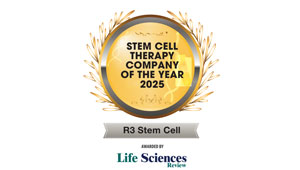



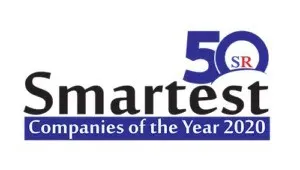
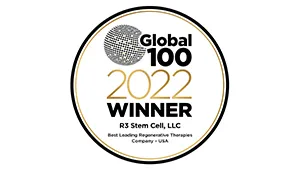
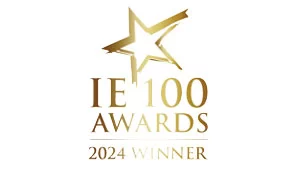
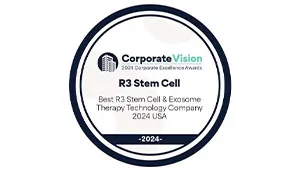
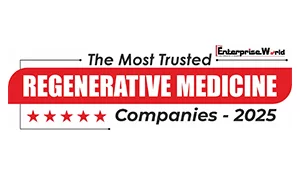
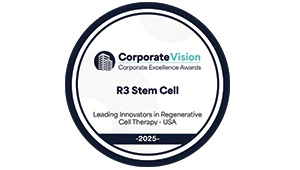
Copyright © 2016 – 2025 R3 Stem Cell